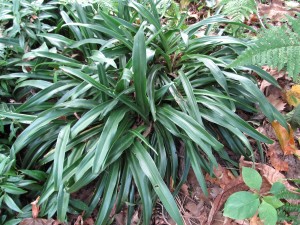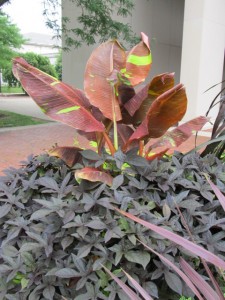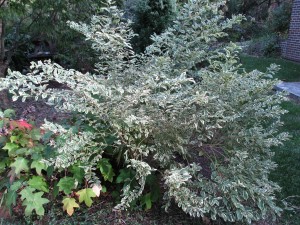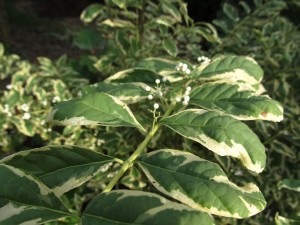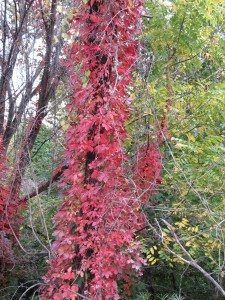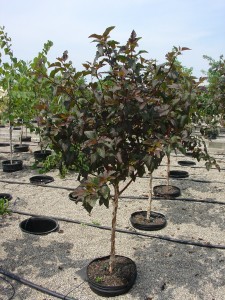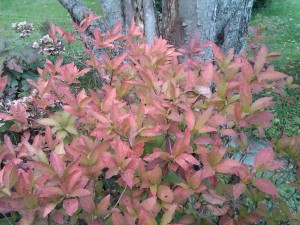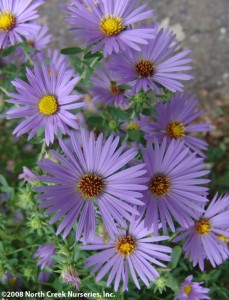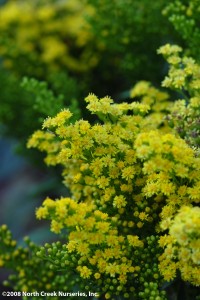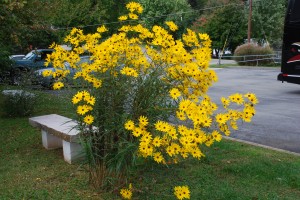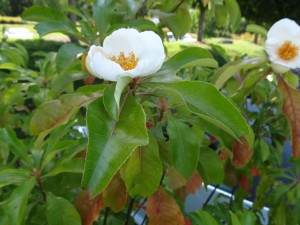Depending on where you garden, Sacred Lily (Rohdea japonica) is either an evergreen or herbaceous perennial groundcover. It is slow growing and prospers in a moist shady woodland environment. Small clumps of long, strap-like leaves emerge from an underground crown to about 15” in height. Foliage is comprised of 18 inch long strap- like leaves which are 3 inches wide.
Sacred lily is planted in multiples as a woodland groundcover or grown by itself as a single specimen. In spring, its greenish white bloom spike is quite insignificant as it does not extend beyond the foliage canopy. In most years sacred lily produces a cluster of bright red-orange berries in the fall and winter. The fruit contrast beautifully with its dark green foliage.
It’s evergreen through zone 6 and survives further north, where the foliage dies back each winter. Sacred lily prefers a compost rich, moist well-drained soil, but does tolerate heavy clay soil. An established clump is quite drought tolerant and may be divided in early spring. Disease and pest problems are not an issue.
Native to China and Japan, sacred lily is associated with long life and good fortune. It is a treasured gift to one who receives one. There are several variants closely held by dedicated plant collectors which can be quite costly. Availability is limited to specialty plant internet sources.
Sacred lily recently has been re-classified into the lily-of-the-valley family (Convallariaceae).

